The horehound (Marrubium vulgare) is a spontaneous plant of the family of Lamiaceae. It is also known as common horehound And robbio. It is a shrub that grows wild in all Italian regions and has always been used in folk medicine for its beneficial properties. The active ingredients it contains have no particular contraindications, for this reason the plant can also be used in home herbal medicine without too many worries.
In this article we discover the botanical characteristics of the horehound, its properties and common uses.
Regional names of the horehound
As evidence of its popular tradition, there are many regional names by which the horehound is known, for example: marubiu in Liguria, marubj And roumè in Piedmont, marobe And trifolon in Lombardy, marobbi And soimé in Emilia-Romagna, marubio in Veneto, mentastric And bee grass in Tuscany, robio in Lazio, marrinoglie And jerva riccia in Abruzzo, amaruggine And mintastro in Puglia, marruggia in Basilicata, marruin biancu And marruovula in Sicily, marrupiu in Sardinia.
Description of the horehound
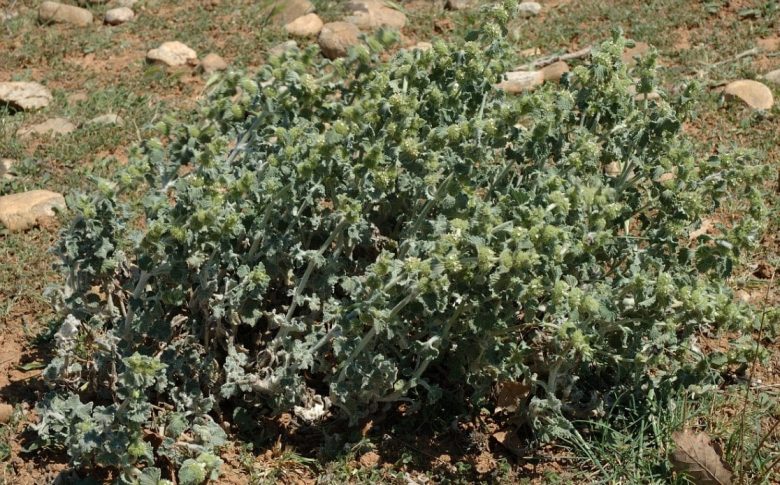
The Marrubium vulgare it is a herbaceous plant with the biological form of scapose hemicryptophytes, or perennial by means of buds placed at ground level. It has a spindle-shaped and lignified root. It produces numerous stems, up to 50-60 cm high, with a quadrangular section. These are branched, with a whitish surface, due to the presence of abundant tomentosity.
Leaves
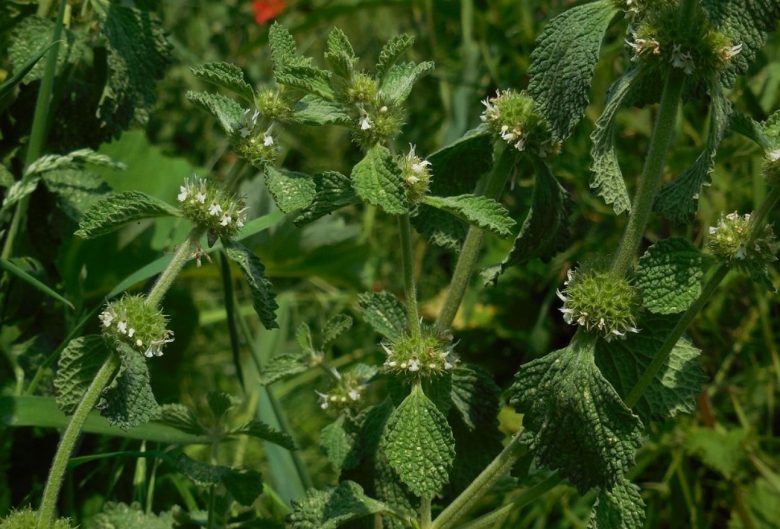
The leaves of the robbio are opposite on the stems and must be distinguished in inferior and superior. The lower ones have a narrow base in a long petiole and are oval, with an irregularly toothed margin. The upper ones have the stalk gradually shorter going up along the stem, up to the floral ones which are sessile.
The leaf surface is whitish (due to the tomentosity) and reticulated.
Flowers
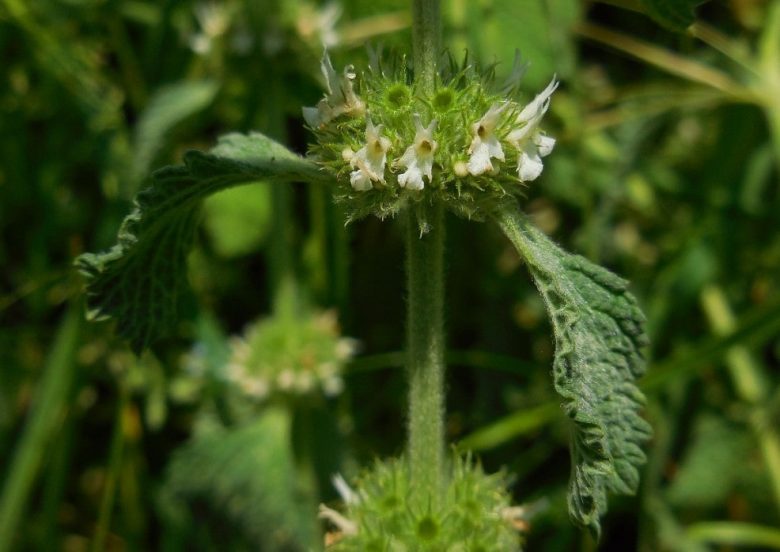
The flowers of the horehound are gathered in pseudoverticilli placed at the axil of the upper leaves. They have a very thin bract at the base. The calyx is tubular, divided into 10 thin teeth (5 longer alternating with 5 shorter) with the apex often curved like a hook. The corolla is also tubular, white in color and divided into two lips at the mouth.
Flowering occurs from spring to summer, from May to September.
Pollination is entomogamous, mostly operated by insects such as diptera and hymenoptera.
Fruits
The fruit is formed by four oval achenes, with a smooth and glabrous surface, enclosed at the bottom of the persistent calyx.
The seeds are dispersed by the wind, but above all by insects such as ants (myrmecoria) which provide for natural dissemination.
Where does the horehound grow?
The horehound plant is present in the wild throughout Italy, including the islands. It grows from sea level up to the mountainous area, preferring dry pastures, uncultivated, ruderal and stony areas. The preferred growth substrate is type calcareous with basic pH.
Collection and conservation
The useful part of the horehound, the richest in active ingredients, therefore most used in herbal medicine, is represented by the flowering tops. These must be harvested at the beginning of flowering, cutting the plant about ten centimeters lower than the lower flowers, avoiding to collect the lignified parts at the base.
The tops come together in bunches and hang to dry in a ventilated and shady place. They are then easily stored in paper bags.
Active ingredients and properties of the horehound
THE active ingredients contained in the wild horehound are: essential oil, mucilage, tannins, resins, ursolic acid, choline, sesquiterpenic lactones, bitter substances, triterpenes, flavonoids, polyphenols.
The properties attributed to the plant are: digestive, choleretic, expectorant, febrifuge, detergent and even a little antiseptic.
Properties of the horehound
Horehound is a plant known since ancient times and used in folk medicine, especially for its balsamic, toxic and expectorant properties. These properties, which make it a good natural remedy in lung diseases (pertussis, asthma, respiratory tract infections, phlegm), have been confirmed by modern researchers.
The bitter fraction is instead responsible for the digestive and choleretic virtues, aimed at relieving the liver cell and improving its functionality. This seedling also has good febrifugal properties, useful in intestinal fevers. For external use it has traditionally been used as a mild detergent and antiseptic on ulcers, sores and scabs.
If you don’t have the opportunity to harvest wild horehound, you can find it in herbal medicine in the form of herbal tea, supplements, mother tincture etc.
Domestic use
In the home, it can easily prepare an infusion. For internal use (as an expectorant, digestive and febrifuge), 1 g of dry substance in 100 ml of water is used for the infusion, to be taken in 2-3 cups a day.
For external use (as a detergent and antiseptic) the infusion is prepared with 4 g of horehound in 100 ml of water, to wash and pack the affected areas.

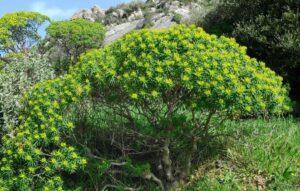
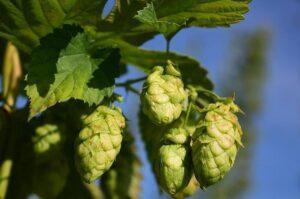
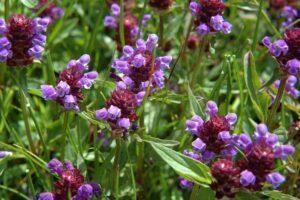
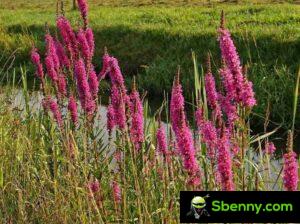
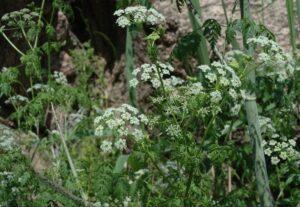
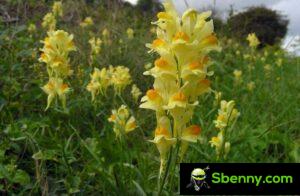
Start a new Thread